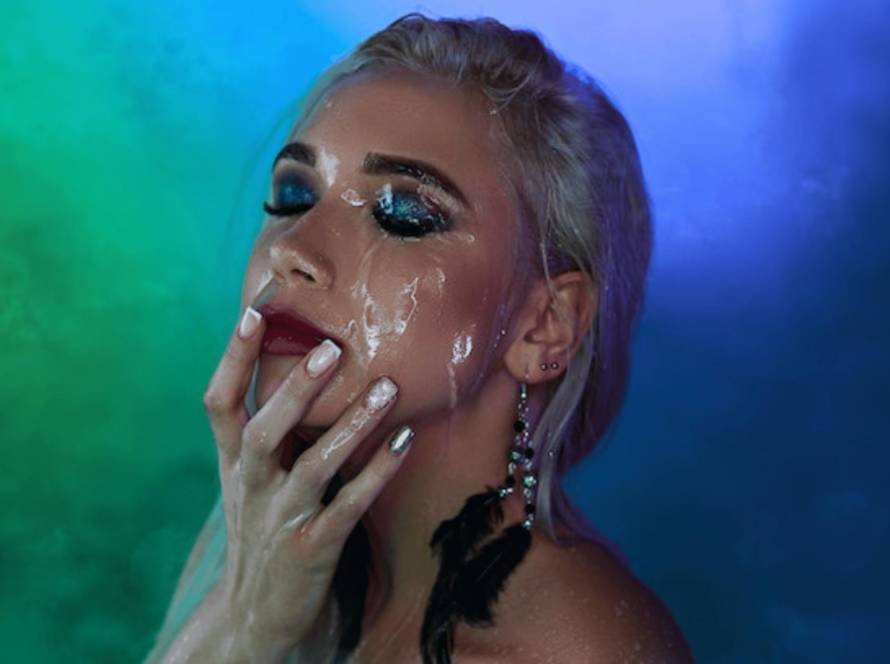Every campaign, no matter how big or small starts with the brief. The brief will provide you with all the information you need to move ahead to pricing your campaign and booking the deal.
But what if information is missing or incomplete in the brief? Or some sneaky terms are slipped in that you don’t know what to do about? Perhaps you’re just starting your career as a professional influencer and don’t have much experience in reviewing and negotiating brand briefs.
We’ve got you covered with this list of 15 most common things you should consider in the early stages of engagement with a brand.
Top 15 Points to Look for in a Brand Brief
- Content Deliverables: It’s essential to determine precisely what content the brand wants. Whether it’s a TikTok post, an Instagram post, or multiple Instagram stories, have a clear understanding of the deliverables.
- Clearly Defined Deliverables: Dig into the details of the deliverables. Are they asking for an Instagram Reel, Carousel Post, or Story? If it’s a video, what’s the expected duration?
- Demonstration Requirements: Most collaborations require demonstrating a product or service. Be sure to understand if you need to return the product after use and who covers the postage for the return.
- Boosting Content: Will you be required to boost your content? If so, you need to ensure you are paid upfront for any additional advertising costs.
- Brand Publishing: Will the brand be publishing your content on their channels organically or through paid distribution? This can impact your negotiation for fees.
- Third Party Channels: Will the brand be publishing the content on any third party channels? This is important to know when pricing your work.
- Content Distribution: Understand the extent of the distribution. Will the content be circulated statewide, nationwide, or internationally?
- Ownership Rights: Be cautious about signing away ownership rights. It’s often a significant negotiating point.
- Campaign Duration: Be clear about the campaign’s start and end dates, the duration of the brand’s content usage, and the required display duration on your channels.
- Exclusivity Provisions: Exclusivity can be beneficial if the brand is willing to pay for it, but you’re also restricting yourself from working with competitors.
- Campaign Messages: Be clear about the messaging you need to deliver on behalf of the brand, including any specific calls to action or hashtags.
- Regulated Industries: If you’re creating content for a brand in a regulated industry, anticipate a higher level of legal and compliance scrutiny.
- Content Pre-Approval: Some brands require pre-approval of content. Factor this into your fee if you need to create drafts and allow for revisions.
- Campaign Objective: Understand the brand’s objective – whether it’s brand awareness, sales, signups, traffic, or follower growth.
- Post-Campaign Reporting: Determine if you will need to provide analytics or a report on the campaign’s outcome.
Understanding the brand’s brief is crucial in establishing a good relationship with the brand and for the success of the campaign. Remember, your content is valuable, and you should be compensated fairly for your time and effort. Working through the brief in detail will set you up nicely for the next step of the process: pricing your campaign.
Want to dive further into this topic? Listen to Episode 1 of The Business Of Influence Podcast – Brand Collaborations 101: Understanding the Brief where we expand on each of these points in further detail.

